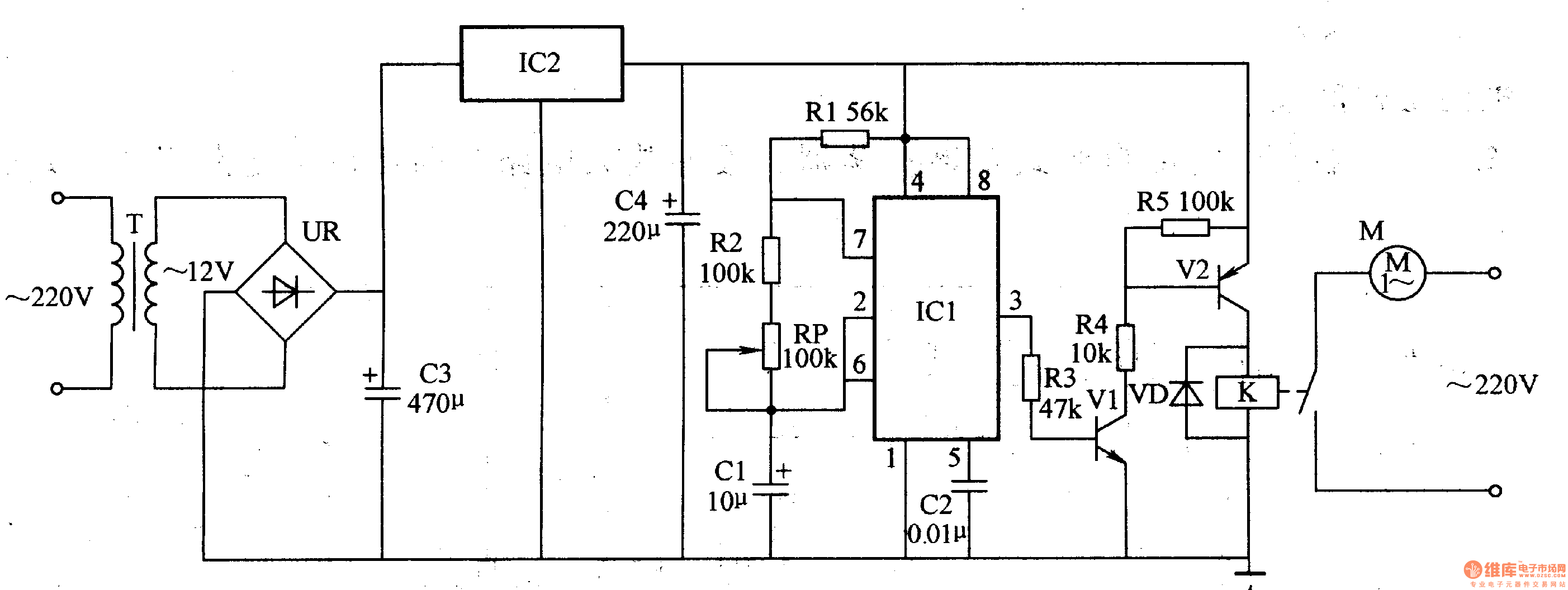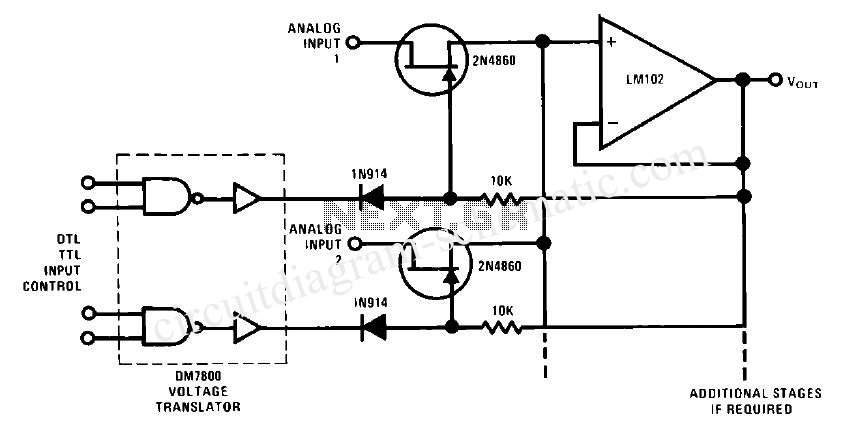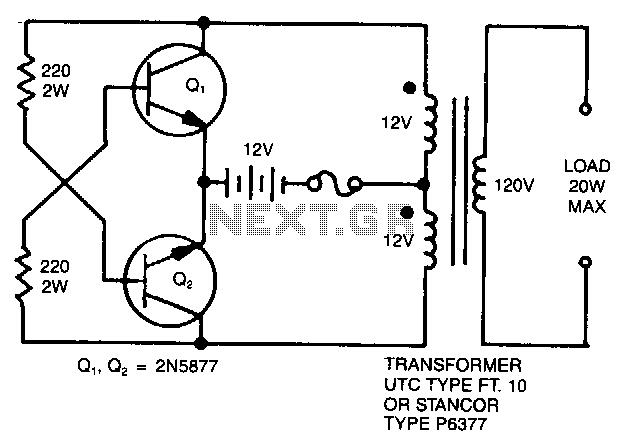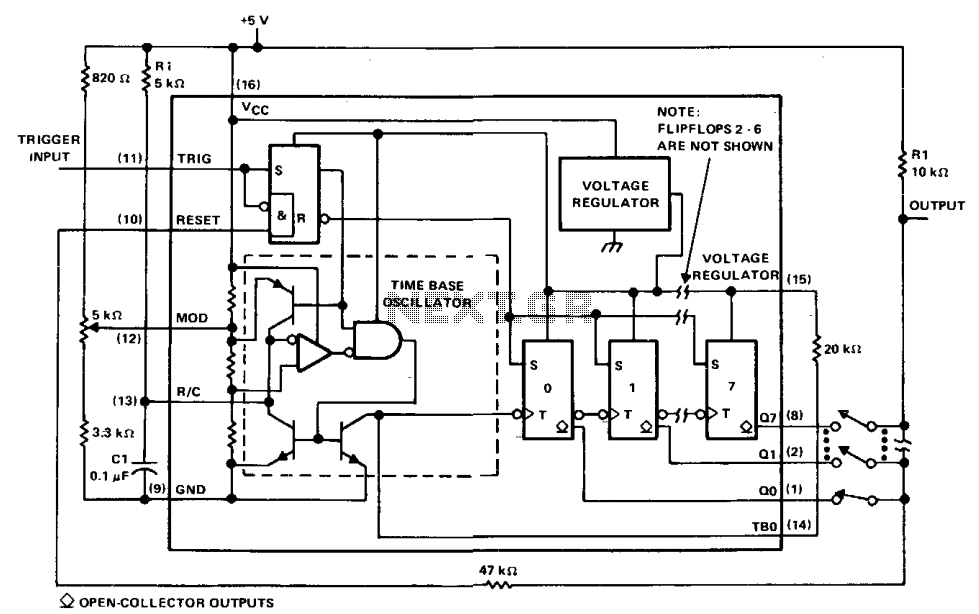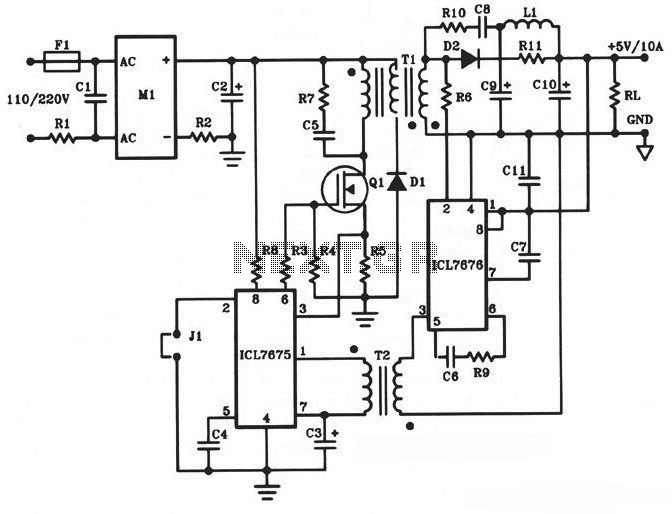
POWER LINE MODEM FOR COMPUTER CONTROL
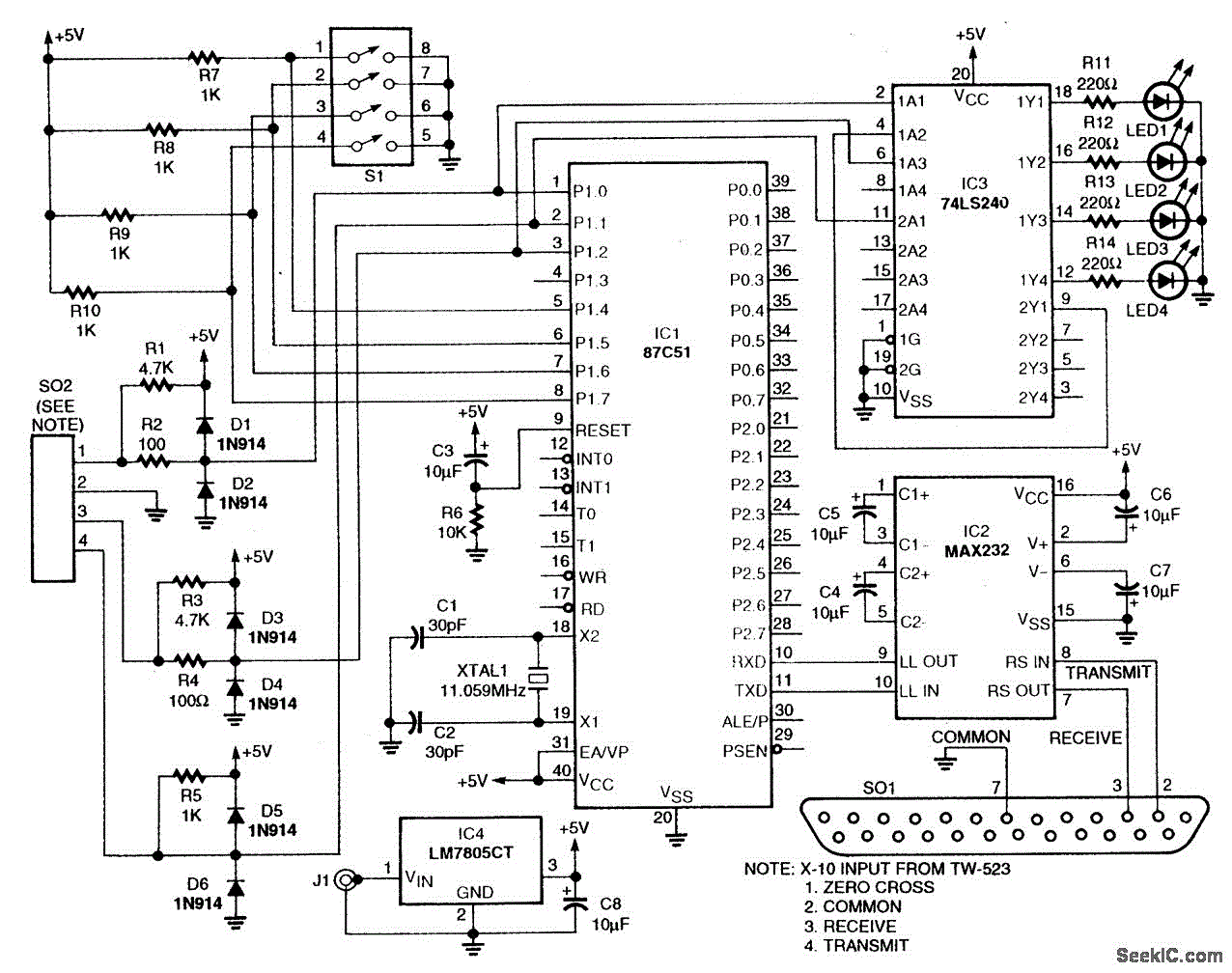
This circuit employs an 87C57 microcontroller along with several peripherals to convert X-10 power-line carrier-code formats from a personal computer for use with an X-10 power-line interface in a home-control system. Software details can be found in the reference.
The circuit is centered around the 87C57 microcontroller, which serves as the primary processing unit. This microcontroller is capable of executing the necessary algorithms to interpret and format the power-line carrier codes received from a personal computer. The X-10 protocol is a widely used standard for home automation, allowing devices to communicate over the existing electrical wiring in a home.
To facilitate the conversion process, the circuit includes several key peripherals. These may consist of signal conditioning components, such as operational amplifiers or filters, to ensure that the signals are clean and within the required voltage levels for transmission. Additionally, a level shifter may be implemented to interface the microcontroller's logic levels with the higher voltage levels of the power line.
The microcontroller is programmed with specific firmware that handles the encoding and decoding of the X-10 signals. This firmware can be customized to accommodate different device commands, such as turning lights on or off, adjusting dimmer settings, or querying the status of various appliances.
The output of the microcontroller connects to the X-10 power-line interface, which modulates the conditioned signals onto the electrical wiring. This interface is crucial for ensuring that the commands sent from the personal computer can be effectively transmitted to and understood by X-10 compatible devices throughout the home.
Overall, this circuit design provides a robust solution for integrating a personal computer with an X-10 home-control system, enabling automated control of various household devices through a user-friendly interface.This circuit uses an 87C57 microcontroller and a few peripherals to condition X-10 power-line carrier-code formats from a personal computer to use an X-10 power-line interface in a home-control system. Software details are available in the reference.. 🔗 External reference
The circuit is centered around the 87C57 microcontroller, which serves as the primary processing unit. This microcontroller is capable of executing the necessary algorithms to interpret and format the power-line carrier codes received from a personal computer. The X-10 protocol is a widely used standard for home automation, allowing devices to communicate over the existing electrical wiring in a home.
To facilitate the conversion process, the circuit includes several key peripherals. These may consist of signal conditioning components, such as operational amplifiers or filters, to ensure that the signals are clean and within the required voltage levels for transmission. Additionally, a level shifter may be implemented to interface the microcontroller's logic levels with the higher voltage levels of the power line.
The microcontroller is programmed with specific firmware that handles the encoding and decoding of the X-10 signals. This firmware can be customized to accommodate different device commands, such as turning lights on or off, adjusting dimmer settings, or querying the status of various appliances.
The output of the microcontroller connects to the X-10 power-line interface, which modulates the conditioned signals onto the electrical wiring. This interface is crucial for ensuring that the commands sent from the personal computer can be effectively transmitted to and understood by X-10 compatible devices throughout the home.
Overall, this circuit design provides a robust solution for integrating a personal computer with an X-10 home-control system, enabling automated control of various household devices through a user-friendly interface.This circuit uses an 87C57 microcontroller and a few peripherals to condition X-10 power-line carrier-code formats from a personal computer to use an X-10 power-line interface in a home-control system. Software details are available in the reference.. 🔗 External reference
